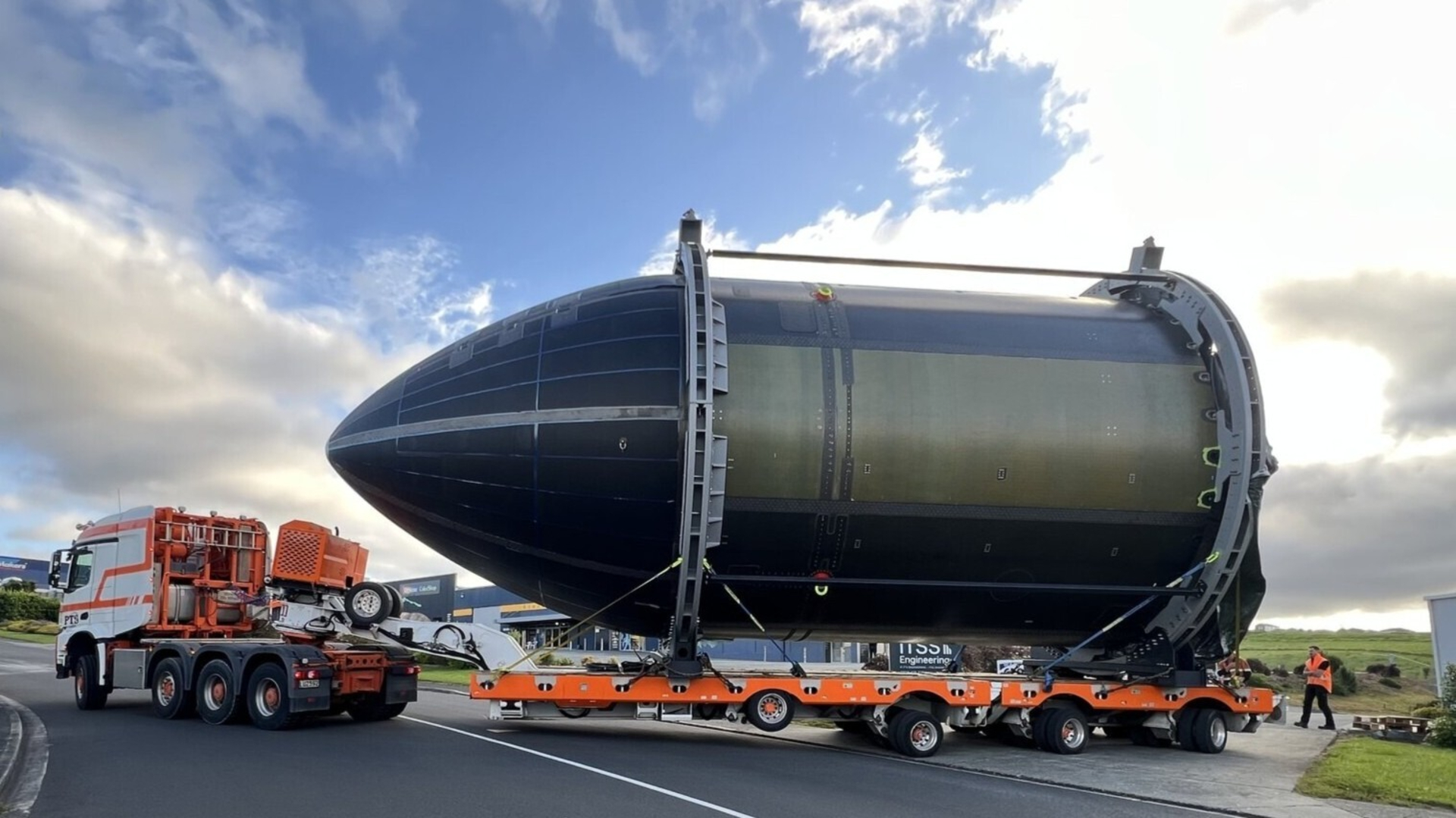Cruise by Jupiter and its giant moon Ganymede in this gorgeous Juno flyby video
A dazzling new animation puts you aboard NASA's robotic Juno spacecraft during its epic flybys last month of Jupiter and the huge moon Ganymede.
On June 7, Juno zoomed within just 645 miles (1,038 kilometers) of Ganymede, the largest moon in the solar system. It was the closest a probe had gotten to the icy, heavily cratered world since May 2000, when NASA's Galileo spacecraft flew by at a distance of about 620 miles (1,000 km).
Then, on June 8, Juno performed its 34th close flyby of Jupiter, zipping from pole to pole in less than three hours and getting within a mere 2,100 miles (3,400 km) of the giant planet's roiling cloud tops. At that point, Jupiter's powerful gravity had accelerated Juno to about 130,000 mph (210,000 kph) relative to the gas giant, NASA officials said.
In photos: Juno's amazing views of Jupiter
The probe captured amazing photos during these back-to-back encounters, as the new, nearly four-minute video makes abundantly clear. It puts viewers in Juno's imaginary captain's seat, taking us all along for the ride.
"The animation shows just how beautiful deep space exploration can be," Juno principal investigator Scott Bolton, from the Southwest Research Institute in San Antonio, said in a statement.
"The animation is a way for people to imagine exploring our solar system firsthand by seeing what it would be like to be orbiting Jupiter and flying past one of its icy moons," Bolton added. "Today, as we approach the exciting prospect of humans being able to visit space in orbit around Earth, this propels our imagination decades into the future, when humans will be visiting the alien worlds in our solar system."
Breaking space news, the latest updates on rocket launches, skywatching events and more!
The Juno team made the time-lapse animation using imagery captured by the probe's JunoCam imager. They got some help from citizen scientist Gerald Eichstädt, who generated the camera's point of view for the video.
"For both worlds, the JunoCam images were orthographically projected onto a digital sphere, and then synthetic frames were added between actual images to make the motion appear smoother and provide views of approach and departure for both Ganymede and Jupiter," NASA officials wrote in the same statement.
There are a few other synthetic touches in the animation. For example, the team inserted simulated lightning in Jupiter's clouds, using real Juno data to make the flashes as realistic as possible.
Juno launched in August 2011 and arrived in orbit around Jupiter in July 2016. Since then, the probe has been studying the giant planet's composition, interior structure and gravitational and magnetic fields, in an attempt to shed light on the formation and evolution of Jupiter and the solar system in general. It also studies Jovian moons up close from time to time, as the Ganymede flyby shows.
Juno gathers most of its data during its close Jupiter flybys, which have generally occurred every 53 Earth days. The Ganymede close encounter changed that cadence, however: The 3,273-mile-wide (5,268 km) moon's gravity has sculpted Juno's highly elliptical orbit such that Jupiter flybys will now occur every 43 Earth days. The next one will occur on July 21, NASA officials said.
Mike Wall is the author of "Out There" (Grand Central Publishing, 2018; illustrated by Karl Tate), a book about the search for alien life. Follow him on Twitter @michaeldwall. Follow us on Twitter @Spacedotcom or Facebook.

Michael Wall is a Senior Space Writer with Space.com and joined the team in 2010. He primarily covers exoplanets, spaceflight and military space, but has been known to dabble in the space art beat. His book about the search for alien life, "Out There," was published on Nov. 13, 2018. Before becoming a science writer, Michael worked as a herpetologist and wildlife biologist. He has a Ph.D. in evolutionary biology from the University of Sydney, Australia, a bachelor's degree from the University of Arizona, and a graduate certificate in science writing from the University of California, Santa Cruz. To find out what his latest project is, you can follow Michael on Twitter.

